How is Decaf Coffee Made?
Do you drink decaf coffee? We’ve come to realise there are two types of coffee drinkers out there. Some of you wouldn’t go near a cup of decaf if we paid you. Others need decaf coffee to get through the day (and night) in peace. We know that around 12% of all coffee consumed worldwide is decaffeinated. But how is decaf coffee made?
The caffeine is in the bean itself, right? So how do coffee companies extract the caffeine from the coffee bean? And is there any chemicals left over? What about your health… Is decaf coffee good for you?
Barista & Co use a natural decaffeination process known as the Supercritical CO2 Process. Please believe us when we say we didn’t name it that. We’ll explain how it works later in the article, but it means our decaf coffee beans are packed with all the flavours you’d expect. And they've had no unnatural chemicals added to them.

But did you know there are four different decaffeination processes? Here’s how coffee companies like us remove the caffeine from coffee beans to give you a great tasting brew.
Removing the Caffeine from a Coffee Bean
Getting the caffeine out of the coffee bean is the easy part. Caffeine dissolves in water around 71 – 99 degrees Celsius. Give some raw beans a good long hot soak and they’ll be free of most of the caffeine.
If only it was that simple.
Caffeine isn’t the only thing that will dissolve if you soak your coffee beans for a long time. The water will also extract the oils and proteins that give your coffee flavour… and we don’t want to lose any of that.
So how is decaf coffee made then? Why are some decafs completely tasteless and how do you know which one to buy? In this article, we’ll cover the four decaffeination processes including which ones use chemicals to make decaf coffee and which ones don’t.
We’ll also answer some of the most common questions we get asked about decafs. Including things like health risks or benefits... Whether there is any caffeine left in them... What the main differences are between naturally decaffeinated coffee and solvent-based decafs.
Without further ado, let’s find out what this decaf business is all about.
Four Decaffeination Processes
There are four processes that roasteries can use to remove the caffeine from their coffee beans. Some are natural, using products that occur in nature to make their decaf coffee. Others are solvent-based, using chemicals to remove caffeine from the coffee beans.
If you’re looking to reduce your caffeine intake, you’ll want to know about all the decaffeination processes. The process affects the taste and quality of the beans, which becomes even more obvious with decaf ground coffee.
Keep reading to find out more about them:
-
Direct Solvent Decaffeination Method
-
Indirect Solvent Decaffeination Method
-
Swiss Water Method
-
Supercritical CO2 Decaffeination Method

Solvent-Based Decaffeination Processes:
The most widely used processes for removing the caffeine from coffee use solvents, or chemicals. There are no rules to declare the decaffeination process used. Instead of 'solvent-based' you’ll often hear this referred to as the ‘traditional’ or ‘European’ method.
Solvent processes can be broken down into two categories.
The direct solvent decaffeination method involves steaming raw coffee beans to open the pores. The beans are then soaked in a chemical compound, usually methylene chloride or ethyl acetate. The caffeine molecules bind with molecules found in the solvents, which is then drained. All that’s left to do is steam the beans again to remove any solvent residue. Voila – caffeine-free coffee beans.

The indirect solvent decaffeination method also uses chemicals. However, this method uses a process that means the raw coffee beans never touch a solvent. Raw coffee beans are soaked in almost boiling water for hours. This extracts all the flavours and caffeine from the beans.

The beans are then removed, and the solvent is added to the water. Like in the direct solvent process, the caffeine molecules fix themselves to the chemical compounds within the water. Once this process is complete, the solvent (now holding all the caffeine) is stripped from the water.
The raw beans are now placed back into the water to absorb all their original oils and flavours.
Despite many people raising their concerns about solvent-based decaffeination processes, scientists have confirmed that decaf has no major health implications. As far as chemicals in your coffee go, all the solvents used are organic and harmless. Even so, tests show there could be trace amounts of chemical residue on your coffee beans but that is unlikely.
Non-Solvent Based Decaffeination Processes:
Non-solvent based decaffeination processes don’t require the addition of any chemicals. Hence the name. If the coffee you buy is organic, it’s been decaffeinated using a natural process. There are two ways this can be done:
-
The Swiss Water Method
-
Supercritical CO2 Method
It’s worth noting that the only facility certified organic by the USDA is the Swiss Water facility in Switzerland. Remember, this method will never involve chemicals. Coffee beans that have been through the Swiss Water process outside of this facility aren’t technically organic. But we won’t tell if you don’t.
We’ve got to the point in this article where I’ve got to try and explain how the natural decaffeination processes work. Bear with me, they’re quite technical. If you ever do have any questions don’t hesitate to comment on this post or get in touch with our team. Maybe get a snack to help you tackle this. I know I’m going to need one.
What is the Swiss Water Decaffeination Process?
The Swiss Water process uses solubility and osmosis to remove the caffeine from coffee beans. How it’s done is quite difficult to explain, but I’ll try my best.
Green coffee beans are soaked in hot water to extract the oils, flavours and caffeine. You’re left with two components – coffee beans that have no flavour or caffeine left in them and galleons of highly-caffeinated, fully-flavoured water.
The beans are unfortunately wasted here, while the drained water is passed through an active charcoal filter. The filter's job is to remove large molecules (caffeine) but leave the smaller molecules (oils, flavours).
Now you’ve got no beans (because you threw them away) and gallons of water that are packed with oils and flavour molecules (but had all the caffeine removed). The next step is to introduce a fresh batch of green coffee beans.
Are you following?
The fresh batch gets soaked in the flavour-packed water. The chemists in the room might have figured out what happens next.
In step 1, the water absorbed as much oil, flavour and caffeine as it could hold. In step 2, the active charcoal filter removed the caffeine molecules. Now the water is still saturated with flavour, meaning it can’t extract anymore. However, it’s got room to take on caffeine molecules… which is exactly what it does.

The result is a caffeine-free coffee bean that’s still packed with flavour. Coffee’s decaffeinated using this process will always be labelled with ‘Swiss Decaf’ and it is usually kept for the organic coffee beans.
However, it is worth noting that the Swiss Water Company’s decaffeination facility is the only facility in the world certified organic. If you want organic decaf coffee, you’ll either must get it from their facility or choose a different natural decaffeination process.
What is the CO2 Decaffeination Process?
Carbon Dioxide is a natural gas that is all around us. We exhale it, trees consume it. We all learnt these processes in school.
But did you know that CO2 can be used to make decaf coffee? Well in its liquid form anyway. To use carbon dioxide to remove the caffeine from coffee beans it needs to be pressurised to 5 bars. This turns the CO2 gas into its liquid form.
As usual, the decaffeination process begins with steaming the coffee beans to open their pores. Then they’re introduced to the liquid CO2, which acts in a very similar way to the active carbon filter we discussed in the Swiss Water Method.
The liquid CO2 absorbs the caffeine from the raw coffee bean. Then the beans and the CO2 are separated and the liquid is pumped into an evaporator where it is turned back into a gas. At this point, the caffeine can be isolated and removed from the CO2… which is ready to be pressurised back into its liquid form.
This sounds simple enough, but in reality, the process can take up to four days. The legal requirement for decaf coffee is that 99% of caffeine is removed. The raw coffee beans may have to go through this process several times to ensure these requirements are met.

Which Decaffeination Process is the Best?
Each process leaves its unique mark on the decaf coffee beans, but some similarities tie them all together. For example, you might have noticed that your decaf filter coffee looks darker than regular when you scoop it into your coffee press.
That’s completely normal and doesn’t mean it’s been roasted for longer than your regular beans.
We prefer the taste of naturally decaffeinated coffee. While we know that the solvent methods are cheaper, faster and much more cost-effective, we wouldn’t want anything below the best when it comes to our single-origin decaf coffee beans.
We use the Supercritical CO2 Method to keep our award-winning hand-picked beans away from unnatural chemicals. Our decaf coffee is made using the same single-origin Colombian beans, darker roasted for intense chocolatey flavours.
If you know someone that is trying to reduce their caffeine intake, one of our decaf coffee gift sets will go down as a treat for Christmas and birthdays. They’ll receive a delivery of fresh decaf every month for 3, 6 or 12 months as part of a coffee subscription. Just tell us how to grind!
Decaf Coffee FAQs
Most of the questions we get asked about decaf relate to the chemicals. As you now know, there are four decaffeination processes – two that use solvents and two that don’t. Even so, your decaf coffee shouldn’t contain any chemical residue and has no associated health risks.

Take a read through our decaf coffee FAQs to get more answers (and bust some myths!).
Is Decaffeinated Coffee Bad for You?
Let’s clear this myth up straight away. Decaf coffee isn’t bad for you. While you may have some concerns when it comes to the decaffeination process and whether your brew contains unnecessary chemicals, there have been no health concerns raised when it comes to drinking decaf.
Quite the opposite. Many people experience side effects when they drink high volumes of caffeine. Switching to a decaffeinated coffee is a sure-fire way to eliminate the risk of these side effects.
The chemical conversation is a different story.
Are There Chemicals in Decaf Coffee?
A lot of people ask us about additional chemicals in decaf coffee. The quick answer is no. Your decaf coffee doesn’t have any chemicals in it that you need to be worried about.
This is another rumour that’s come about over the years, and it all starts with the decaffeination process. There are four ways to decaffeinate a coffee bean. Two of these methods are solvent-based processes, while the other two don’t involve any solvents and are both deemed as a ‘natural decaffeination process'.
As you may have guessed, solvent-based processes require chemicals (usually methylene chloride or ethyl acetate)… which is where this question came from in the first place.
But you don’t have to worry about any of these chemicals making their way into your decaf coffee. According to the experts, decaf coffee is unharmful. Even beans that have undergone a solvent-based decaffeination process will only contain a trace amount of chemical residue.
What Decaf Coffee Doesn’t Use Chemicals?
As mentioned above, there are four decaffeination processes. Two of which involve using a chemical solvent such as methylene chloride to remove the caffeine from an unroasted coffee bean. This may result in a trace amount of unharmful chemicals remaining on the decaf coffee beans.
The other two processes, the Swiss Water Method and the Cardon Dioxide Method don’t use any chemicals at all. If you want a decaf coffee with absolutely no chemicals, make sure you choose one that has undergone a solvent-free or natural decaffeination process.
Does Organic Decaf Coffee Have Chemicals?
Coffee can be categorised as organic when no synthetic fertilizers or chemicals have been used in growing or production. This includes the decaffeination process. Organic decaf coffee will have undergone a solvent-free or natural decaffeination process. Therefore, there are no chemicals in organic decaf coffee.
How is Coffee Decaffeinated Naturally?
When we talk about “naturally decaffeinated coffee” we are referring to solvent-free processes. Both the Swiss Water Method and the Carbon Dioxide Method are natural processes.
Barista & Co use the Carbon Dioxide Method to naturally decaffeinate our organic decaf. We pride ourselves on being able to offer exceptional everyday value on our by the bag decaf, as well as remaining carbon-negative across the company.
Our bags of decaf coffee, whole bean or ground, are 350g. We use bigger bags to reduce the number of deliveries we’re making. This is also the reason we chose the Carbon Dioxide Method as opposed to the Swiss Water Method.
We wanted to ensure we were offering organic decaf coffee without the additional environmental impact of shipping beans to Switzerland and back. This also helps us stick to our fresh coffee promise. Our coffee is naturally decaffeinated in the UK.
What is the Healthiest Decaf Coffee?
As mentioned above, decaf coffee is perfectly safe to drink and has fewer known side effects than caffeinated coffee – particularly good news for those who are sensitive to caffeine. Whether your decaf used a solvent-based process or a natural decaffeination process, it’s perfectly safe.
Why is Decaf More Expensive than Regular Coffee?
One thing to bear in mind is the blend of coffee beans. You’ll have noticed that decaf coffee tends to be more expensive than regular. While this can be annoying for decaf drinkers, now that you understand the additional processes your beans go through it should start to make more sense.
Some coffee brands take extra measures to try and bring the price of their decaf down. For example, using a solvent-based decaffeination process is much more cost-effective than a natural process. Many brands opt for these methods so they can keep the costs in line with their regular coffee.
That’s not the only thing they do to keep the cost of decaf down.
You might have noticed that our decaf ground coffee is made using the same single-origin arabica coffee beans from Colombia as our house darker roasts. That’s because we believe everyone deserves exceptional coffee… but that’s not what everyone thinks.
As solvent-based decaffeination processes tend to remove some of the flavours, brands that opt for these methods don’t need to be as picky about the quality of their beans. Therefore, they’ll introduce cheaper beans into a blend to bulk it out and reduce the overall price per KG of decaf.
Those cheaper beans tend to be Robusta, described as tasting like burnt rubber. Of course, it all depends on the quality of the bean and the roast, but Robusta beans do have an earthier taste and smell to them.
What Brands of Coffee are Naturally Decaffeinated?
You’ll usually find that most independent coffee roasters that pride themselves on quality and roast in small batches do use a natural decaffeination process. It’s always worth asking the question as it is not a legal requirement to include this information on the packaging.
Barista & Co use the Carbon Dioxide Method to naturally decaffeinate our decaf coffee beans. We’re proud to work with small, organic coffee farms in Colombia and Uganda and wouldn’t want to jeopardise the quality of their beans with any unnatural solvents. Our decaf is ethically-sourced, organic and delicious.
Large coffee corporations are more likely to use solvent-based decaffeination methods as these are less expensive and allow them to keep the pricing more in line with regular coffee. When it comes to supermarket shelves, brands face a lot of competition and pricing can be key to making a sale or not.
Remember, there are no side effects associated with drinking decaf – whether it has been naturally decaffeinated or not. Even solvent-based decaffeination processes shouldn’t leave chemical residue. the beans (or at most, trace amounts of unharmful solvents).
At the end of the day, coffee is subjective. We all have different preferences when it comes to our brew. Some like it strong, some prefer a super milky latte. Our personal favourite is a light roast coffee… Tell us yours in the comments.




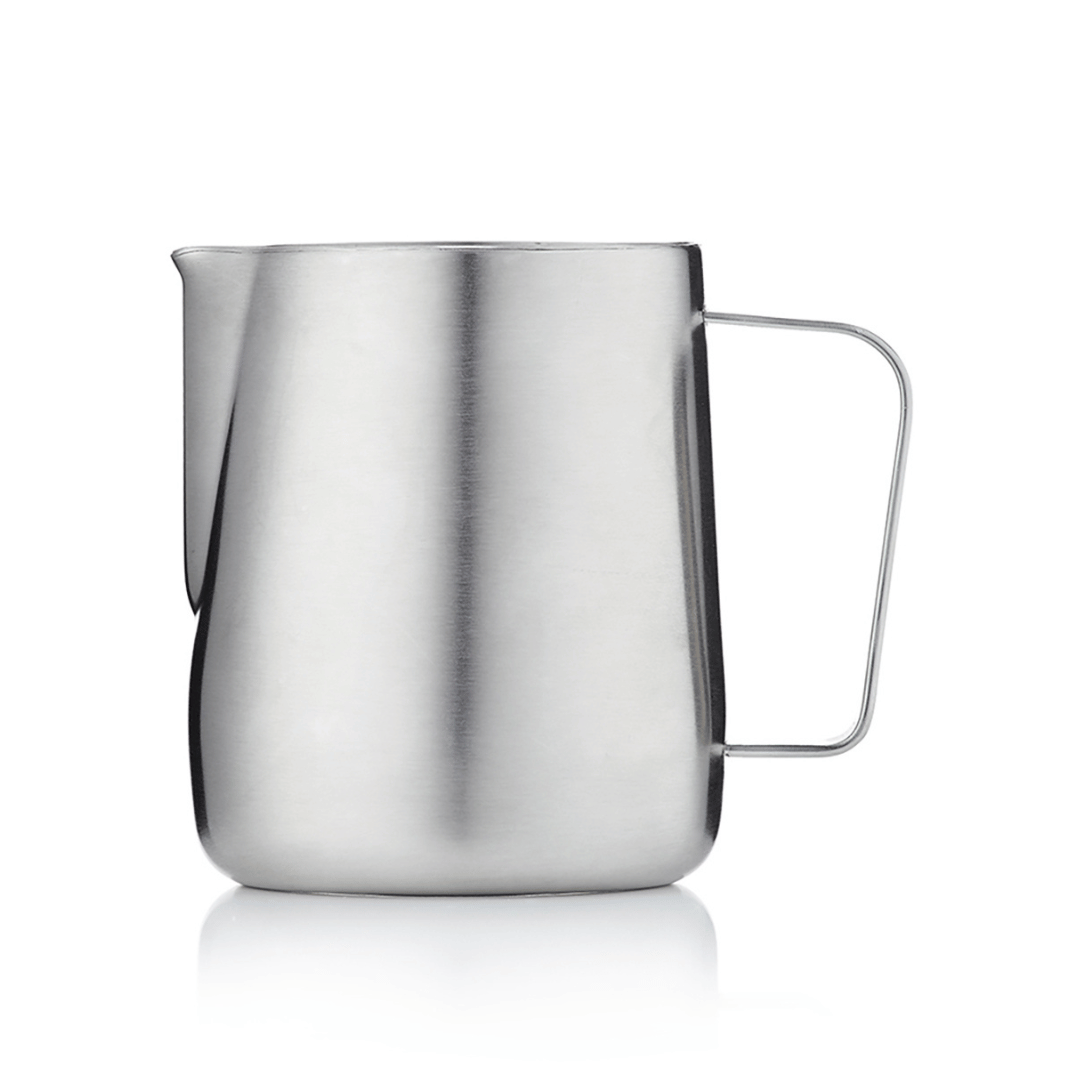
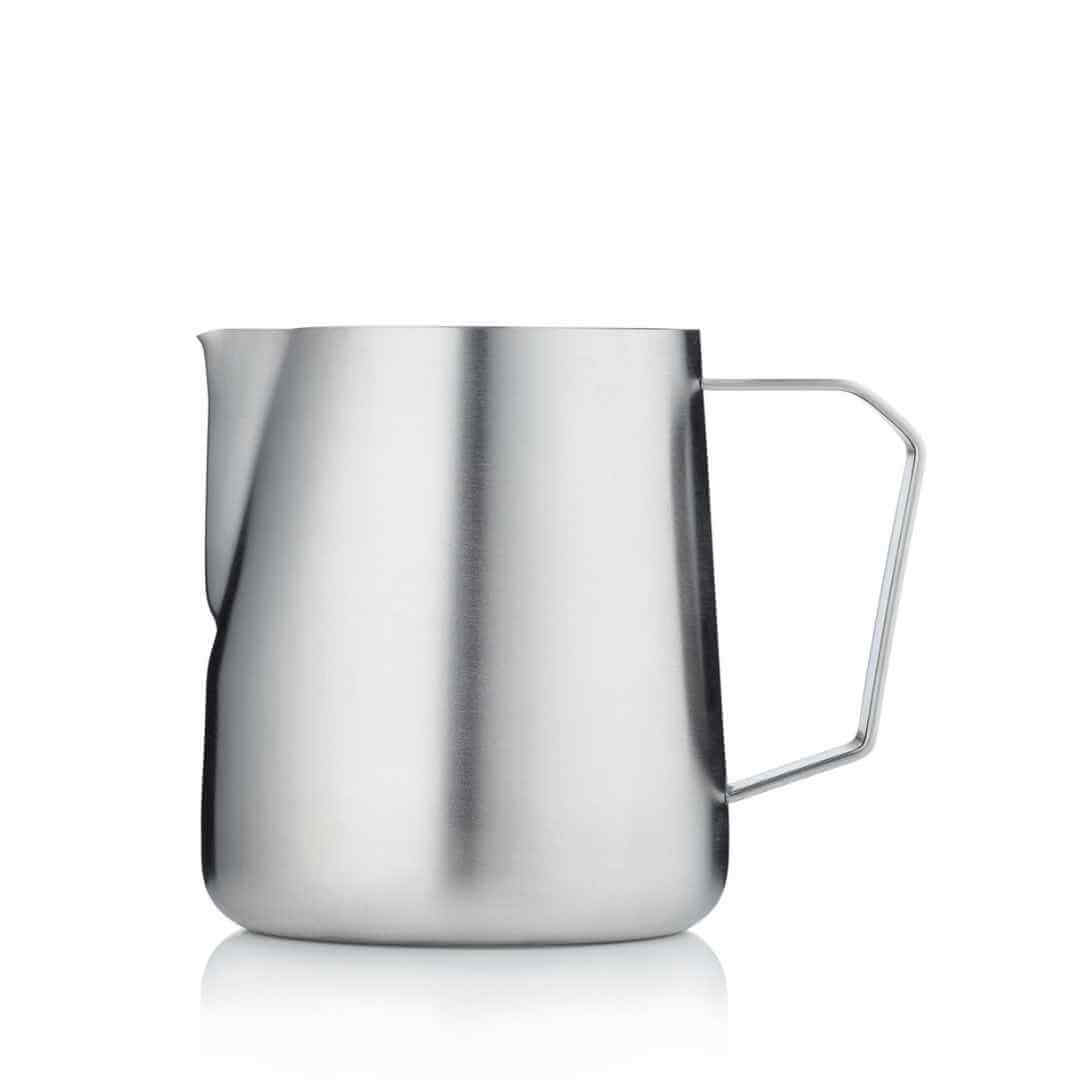
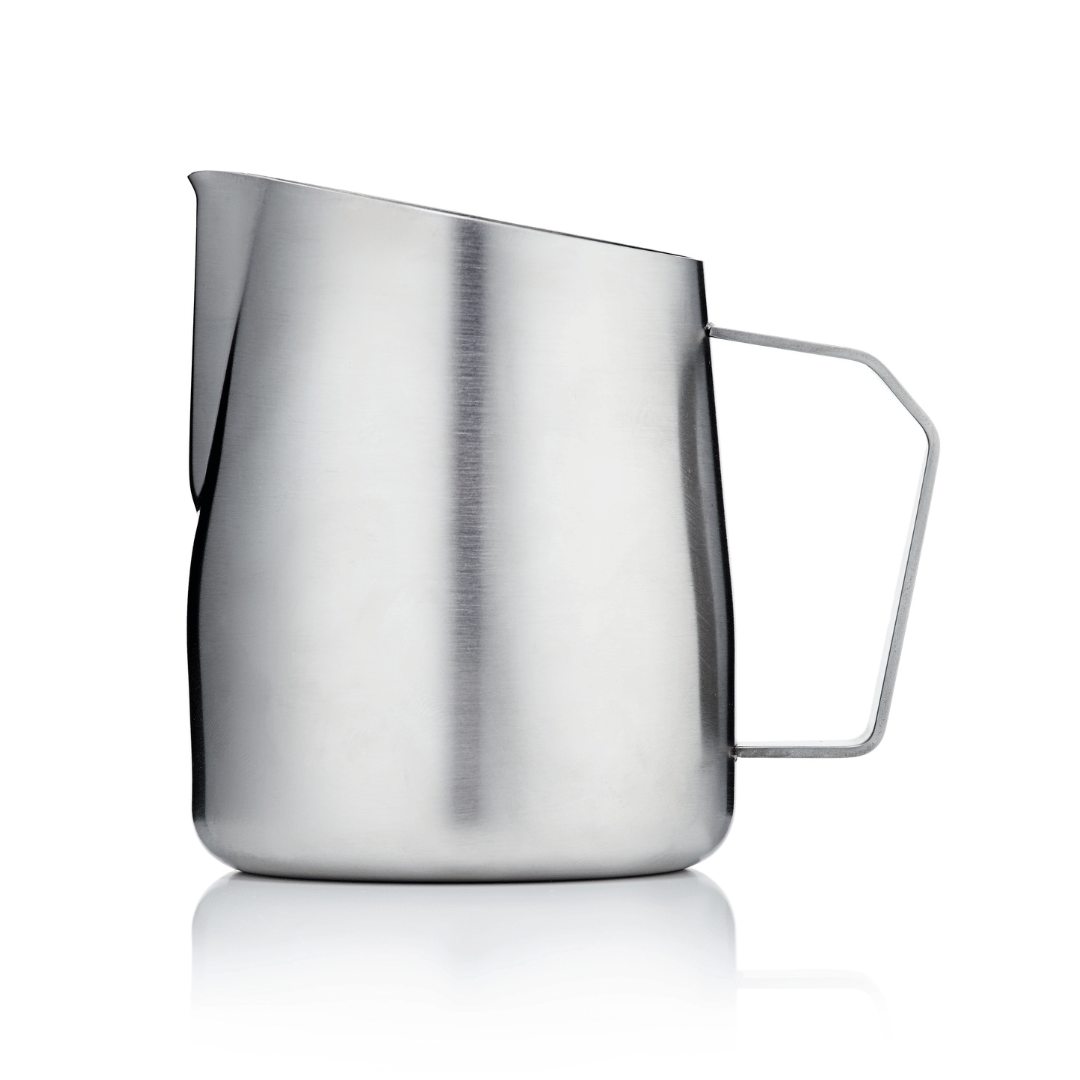

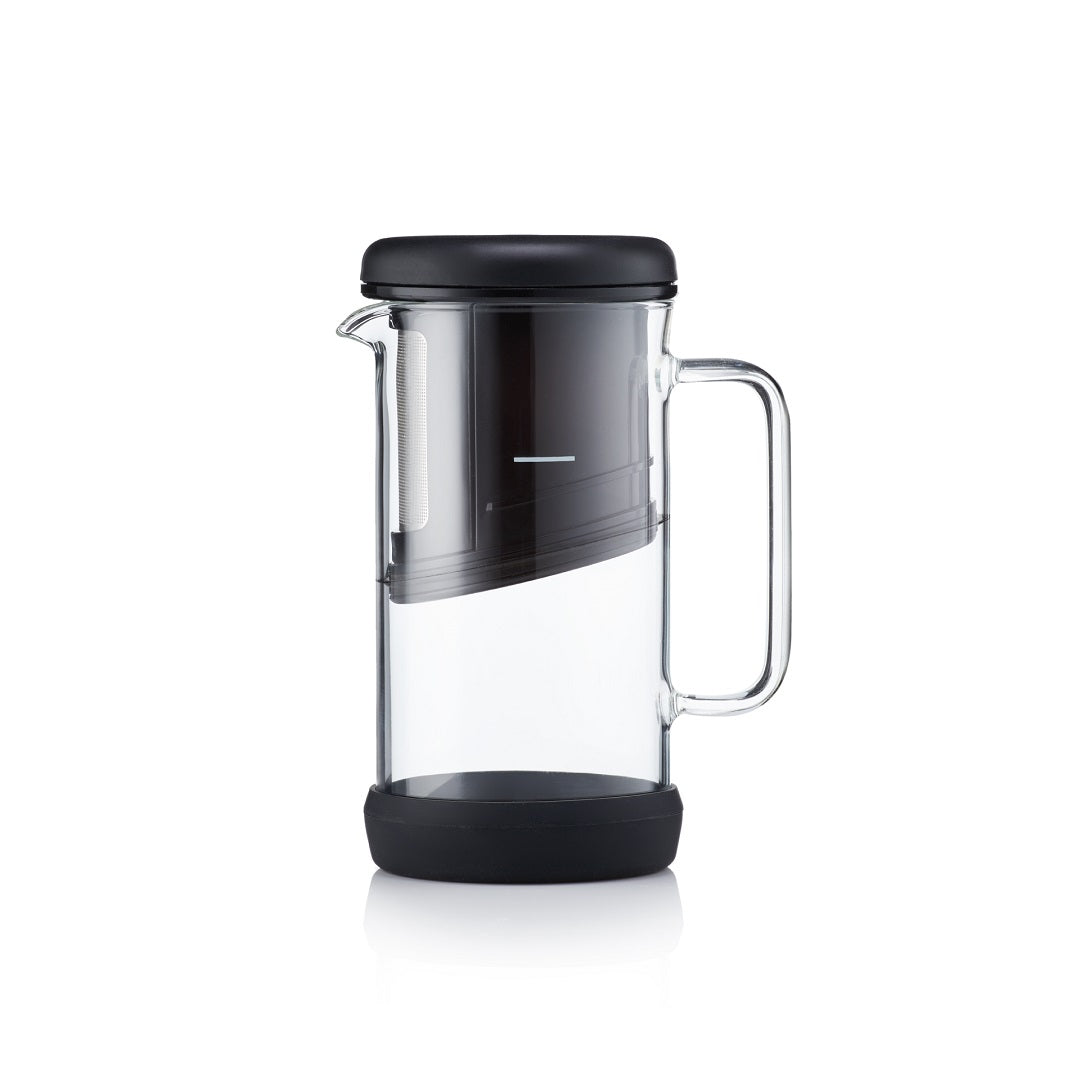
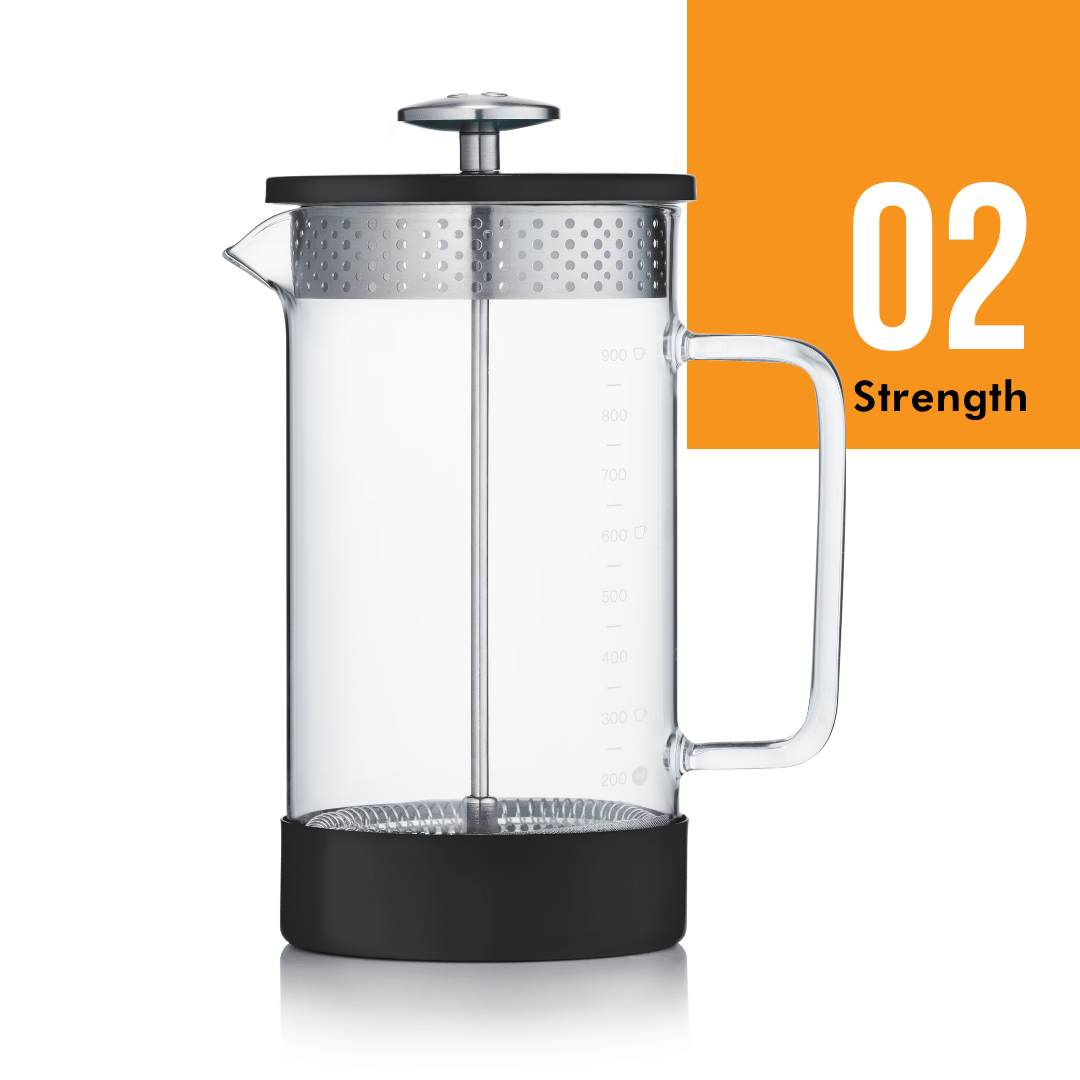
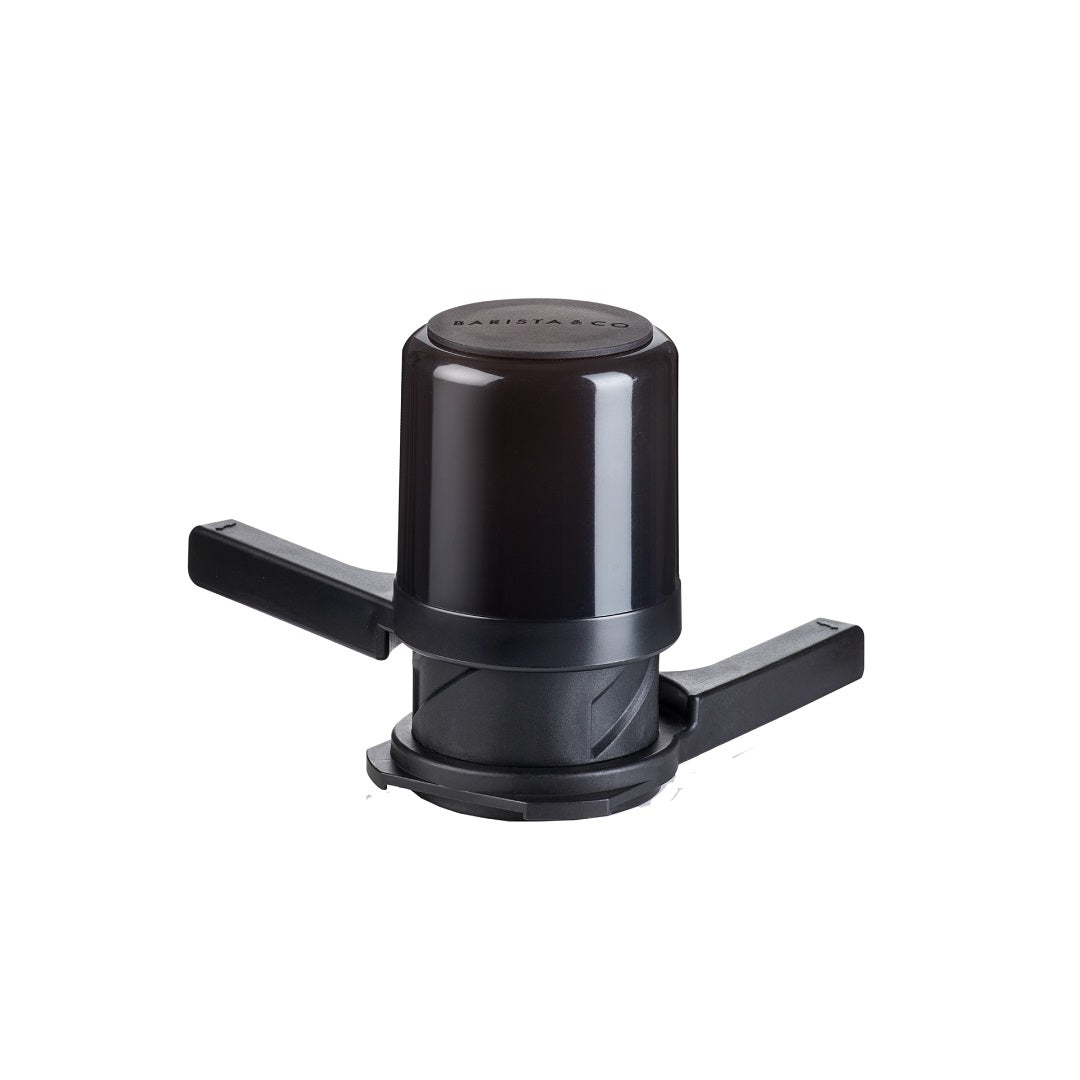

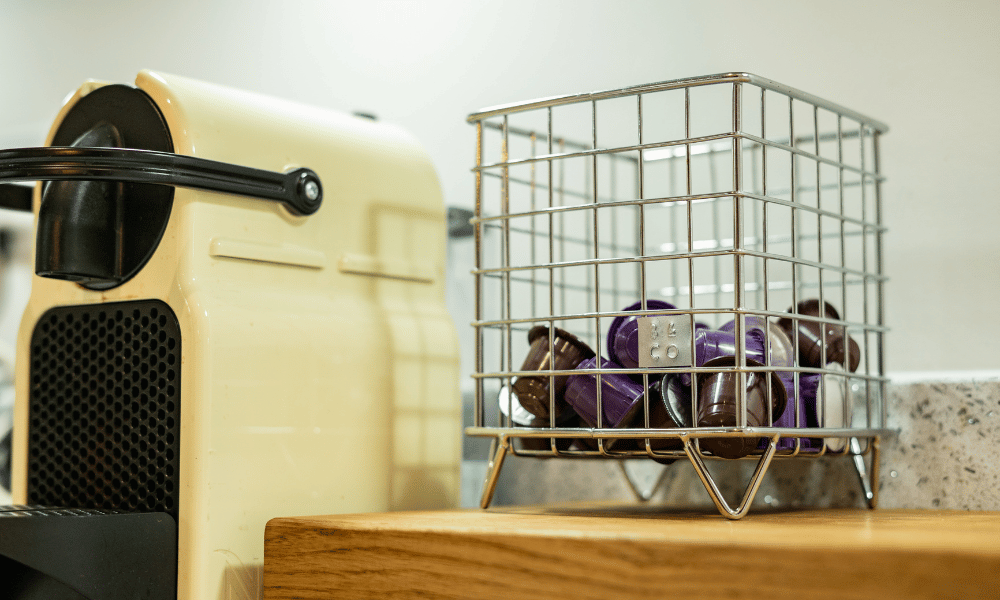




Thanks for writing a knowledgeable blog on decaf coffee. All four methods mentioned in the blog are used widely for coffee extraction. To know in detail regarding extraction methods, do visit https://www.buffaloextracts.com/
Leave a comment